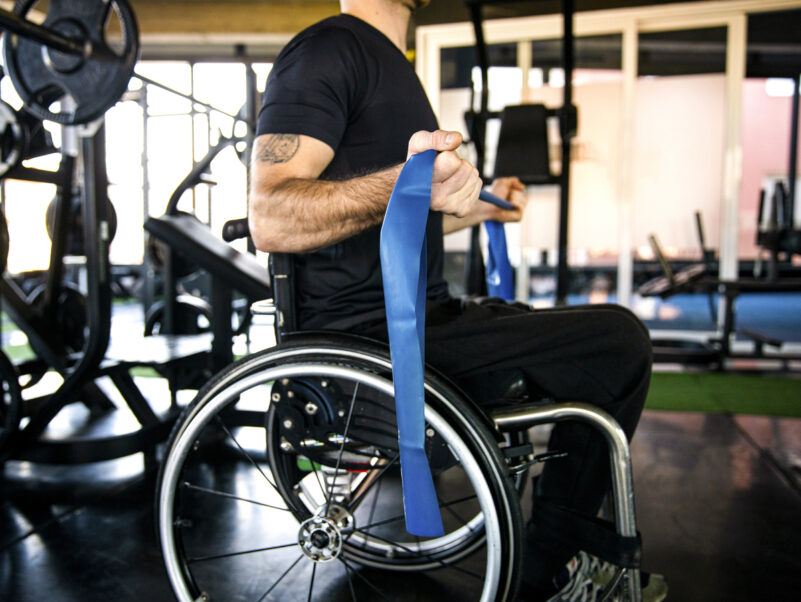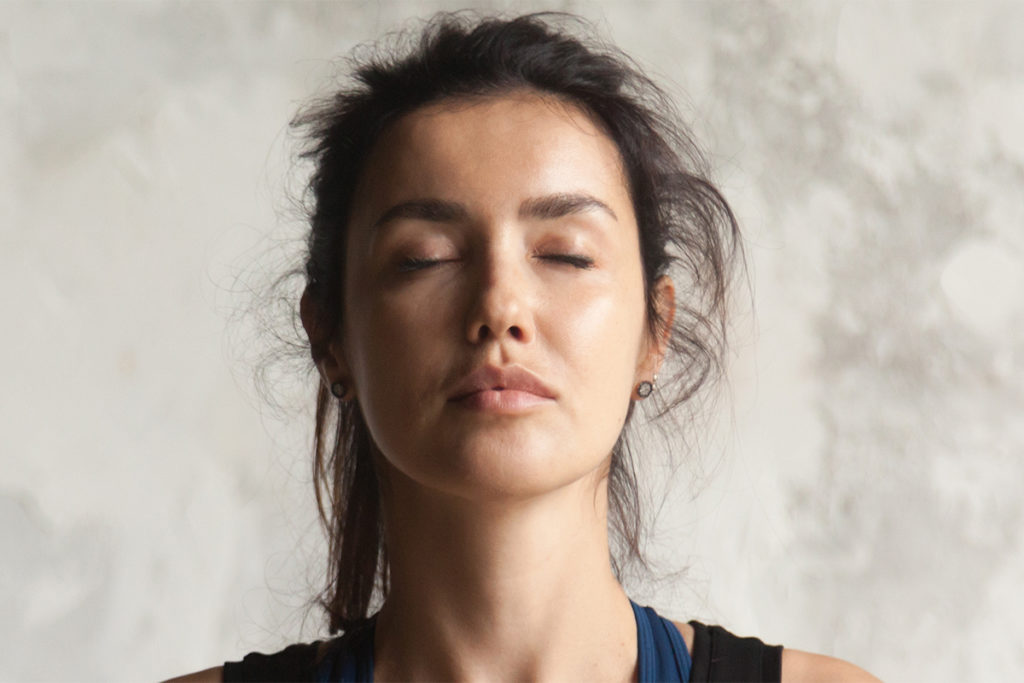The Responsibility of Fitness Professionals in Building Welcoming Spaces for All

The concept of inclusivity has become a focal point in many sectors, from education and business to healthcare – and the fitness industry is no exception. Yet while the term “inclusive fitness” is sometimes misunderstood or narrowly framed as simply providing access to marginalized or underserved groups, its true meaning is much broader and deeper. Inclusive fitness is about creating environments, programs, and cultures where everyone, regardless of their background, identity, body type, ability, age, or experience level, feels welcome, supported, and empowered to pursue their health goals. It involves thoughtful design, intentional action, and a commitment to ensuring that no one feels excluded or unseen within fitness spaces.
For fitness professionals, adopting inclusive practices is not about following a trend or responding to a moment of social pressure. It aligns directly with the core mission of the industry: to help people live healthier, fuller lives. As client expectations evolve and the call for equity and accessibility grows louder, fitness professionals who embrace inclusive fitness will not only stay relevant – they will build stronger, more meaningful careers and contribute to reshaping the industry for the better. This article explores what inclusive fitness truly means, why it matters, how it can be incorporated into professional practice, and actionable steps to make inclusion a cornerstone of success.
What Is Inclusive Fitness?
Inclusive fitness is best understood as the intentional design and delivery of fitness experiences that ensure all individuals feel valued, safe, and capable of meaningful participation. It extends far beyond simply offering physical access to a facility or welcoming specific demographic groups. True inclusive fitness is embedded in every element of programming, facility design, and community culture. It means creating programs that thoughtfully accommodate diverse bodies, abilities, and preferences, ensuring that workouts can be modified, scaled, or adapted so that everyone has the opportunity to succeed. It means designing facilities that are accessible in the fullest sense – free from physical, social, or cultural barriers that might discourage participation. It also involves fostering atmospheres where respect, belonging, and empowerment are actively promoted, and where communication is free of bias and attuned to the varied lived experiences of clients (ACE, 2020). Importantly, inclusive fitness is not charity, tokenism, or surface-level gestures. It is a commitment to creating spaces and experiences where fitness truly is for everyone – not just those who already feel at ease in traditional gym settings.
Understanding the distinction between diversity and inclusion is also essential. Diversity refers simply to the presence of differences within a group – differences in race, gender, ability, age, background, and more. Inclusion, on the other hand, is about what we do with that diversity: how we welcome, respect, and support those differences so that every individual feels they belong. A gym can be diverse without being inclusive if those differences are not honored in meaningful ways. Inclusivity requires ongoing, intentional action to shape experiences that affirm and uplift everyone, whether they are walking into a fitness space for the first time or have been training for decades (Smith et al., 2019).
Why Inclusive Fitness Matters for Fitness Professionals
Meeting the expectations of modern clients means going beyond delivering effective programming – it means creating environments where individuals feel genuinely seen, respected, and safe from judgment or discrimination. Clients today are increasingly attuned to issues of equity and inclusivity, and they expect the spaces they enter to reflect these values. When fitness spaces fail to foster inclusivity, clients may feel unwelcome or uncomfortable, which can lead to disengagement, decreased satisfaction, and eventual attrition (ACE, 2020). By contrast, inclusive fitness professionals create conditions that encourage long-term client relationships and meaningful progress.
In addition to meeting client expectations, inclusive fitness contributes to broader public health goals. When barriers to fitness participation are left unaddressed, they contribute to significant disparities in health outcomes across different populations. By making fitness spaces, services, and programs truly inclusive, fitness professionals play a vital role in reducing inequities in both physical and mental health (WHO, 2022). They help ensure that health-promoting activities are accessible to all, not just to those who have historically felt comfortable or represented in fitness environments.
Inclusivity also offers a clear path for fitness professionals to differentiate their services. In a competitive and often saturated industry, trainers who actively promote and embody inclusivity stand out as ethical practitioners, community leaders, and trusted allies in their clients’ wellness journeys. Inclusive practices not only enhance professional reputation but also build client loyalty, as individuals are more likely to stay engaged with services that make them feel valued and supported.

How Fitness Professionals Can Incorporate Inclusive Fitness
One powerful way for fitness professionals to foster inclusivity is through the use of inclusive language and communication. Words matter, and the language professionals use can either build bridges or reinforce barriers. It is essential to avoid making assumptions about a client’s ability, identity, goals, or motivations. Communication should focus on function, strength, and health rather than appearance or aesthetic outcomes. Moreover, offering multiple ways for clients to give and receive feedback—whether verbally, visually, or through tactile cues (always with consent) – helps ensure that communication is effective, respectful, and accessible to all.
Inclusive program design is equally important. Fitness professionals should create workouts that are scalable and adaptable for different fitness levels, abilities, and needs. This might mean offering modifications or progressions, designing routines that can be performed with or without equipment, and including diverse movement patterns that accommodate a range of bodies and abilities – such as seated options or low-impact variations. Such thoughtful programming ensures that every client can participate fully and meaningfully, rather than feeling left out or marginalized (Smith et al., 2019).
Assessing and addressing facility barriers is another critical aspect of inclusive practice. Professionals can advocate for or help create spaces that are physically accessible, with features such as ramps, wide doorways, and adaptive equipment. Visual inclusivity matters too, from the images used in marketing materials to the signage displayed in the facility, as these elements signal who is welcome. Emotional safety must also be prioritized by establishing clear codes of conduct, fostering respectful environments, and implementing policies that address harassment or discrimination. Inclusivity must extend beyond words – it should be evident in the environment itself.
Continuous education is key to sustaining inclusivity. Fitness professionals should seek out workshops, certifications, and learning opportunities focused on cultural competence, adaptive fitness, and trauma-informed coaching. They should actively engage with the communities they aim to serve, listening and learning to better understand unique needs and perspectives. Staying up to date on best practices for inclusive program design ensures that trainers remain effective, respectful, and responsive (ACE, 2020).
Steps and Tips for Success in Inclusive Fitness Practice
Building a truly inclusive practice begins with self-reflection. Fitness professionals should take time to examine their own biases, assumptions, and areas for growth, recognizing that inclusivity starts from within. Creating feedback channels where clients can safely share input about how to improve inclusivity helps ensure that services remain client-centered and responsive. Collaboration can further enhance inclusivity; by partnering with organizations that support specific populations, such as adaptive sports programs or LGBTQ+ wellness groups, trainers can broaden their impact and offer more comprehensive support.
It is important to communicate inclusivity authentically. Rather than relying on generic statements of intent, fitness professionals should highlight specific actions they are taking to welcome and support all clients. Leading by example is perhaps the most powerful strategy of all – demonstrating inclusivity through daily interactions, thoughtful program design, and advocacy within the fitness community helps create lasting, positive change.

How Inclusive Fitness Has Evolved
The idea of inclusive fitness is not new, but it has taken on greater urgency and priority in recent years. Historically, many fitness environments were designed with a narrow ideal in mind – spaces that often centered able-bodied, thin, young, and athletic individuals. This left many communities feeling excluded or invisible within mainstream fitness culture (Body Positive Fitness Alliance, 2020). What has changed is the growing recognition that this approach is neither fair nor effective, and that inclusivity must become a core value rather than an optional extra. Social movements, public health advocacy, and client demand are all driving the industry toward greater inclusivity, pushing professionals and organizations to prioritize accessibility, respect, and equity (Smith et al., 2019).
Emerging developments in inclusive fitness reflect this shift. Today, trauma-informed coaching practices are becoming more widespread, helping trainers recognize and accommodate the unique histories and needs of their clients. Adaptive training techniques are being integrated to support clients with disabilities or chronic health conditions. Additionally, digital fitness platforms are increasingly designed with accessibility in mind, offering features like captions, audio descriptions, and visual cues that make virtual fitness experiences more inclusive. These advances demonstrate how technology and education have expanded opportunities for inclusivity in ways that were once difficult or impossible to achieve.
Inclusive fitness is not about checking boxes or performing gestures for appearance’s sake. It is about creating meaningful, lasting change in how fitness is offered and experienced by everyone. When fitness professionals commit to building spaces, programs, and services that truly welcome all individuals, they strengthen client relationships, improve health outcomes, and help the industry move toward greater equity and accessibility. The journey to inclusivity is ongoing, and while no single action will achieve it overnight, every step in the right direction makes fitness more accessible, empowering, and transformative for all.
References
American Council on Exercise (ACE). (2020). Inclusive fitness training: A guide for fitness professionals. https://www.acefitness.org/
Body Positive Fitness Alliance. (2020). About us. https://www.bodypositivefitness.org/
Smith, B., Bundon, A., & Best, M. (2019). Disability and inclusion in sport and physical activity: A critical review. Social Inclusion, 7(3), 82–90.
World Health Organization (WHO). (2022). Equity and social determinants of health. https://www.who.int/health-topics/social-determinants-of-health#tab=tab_1





